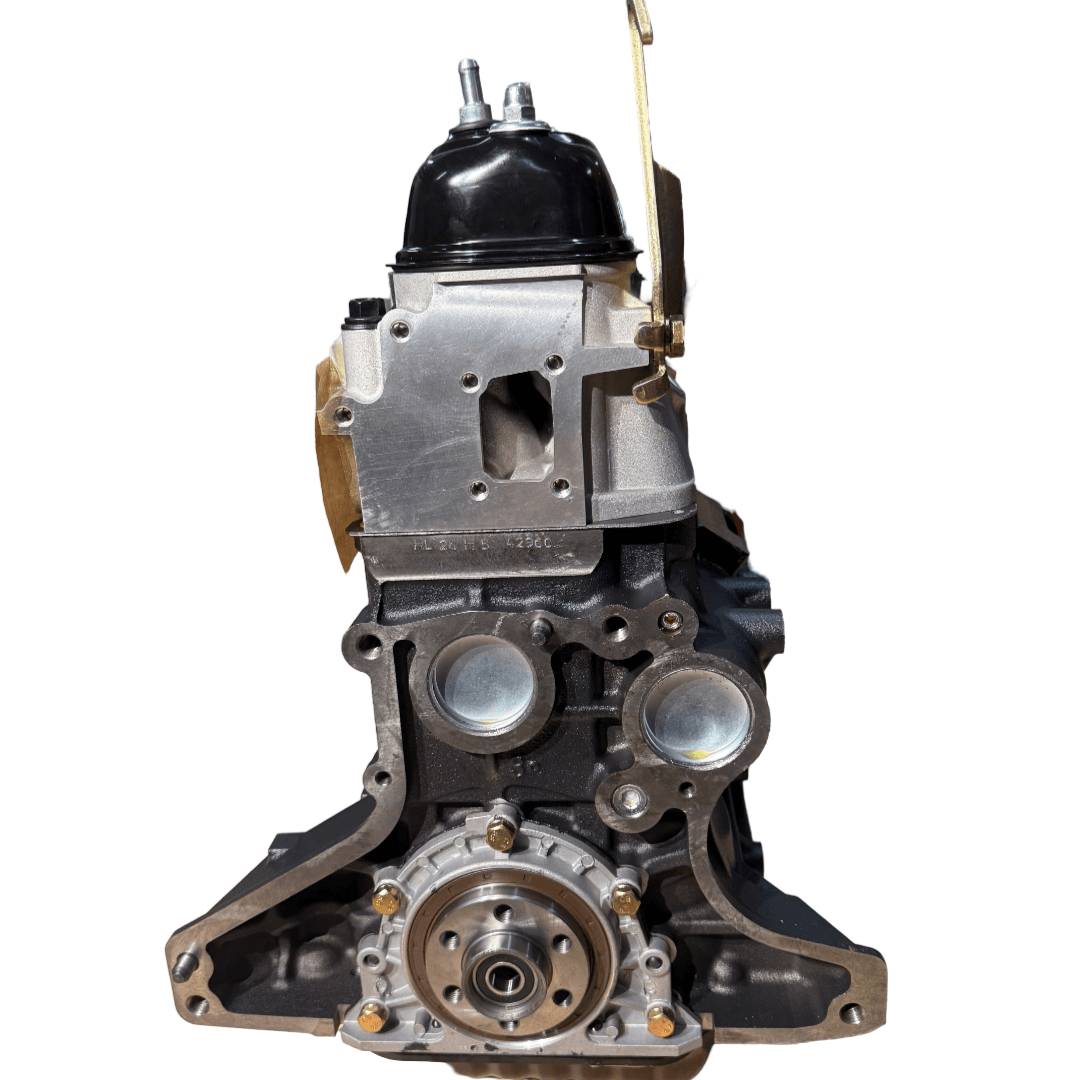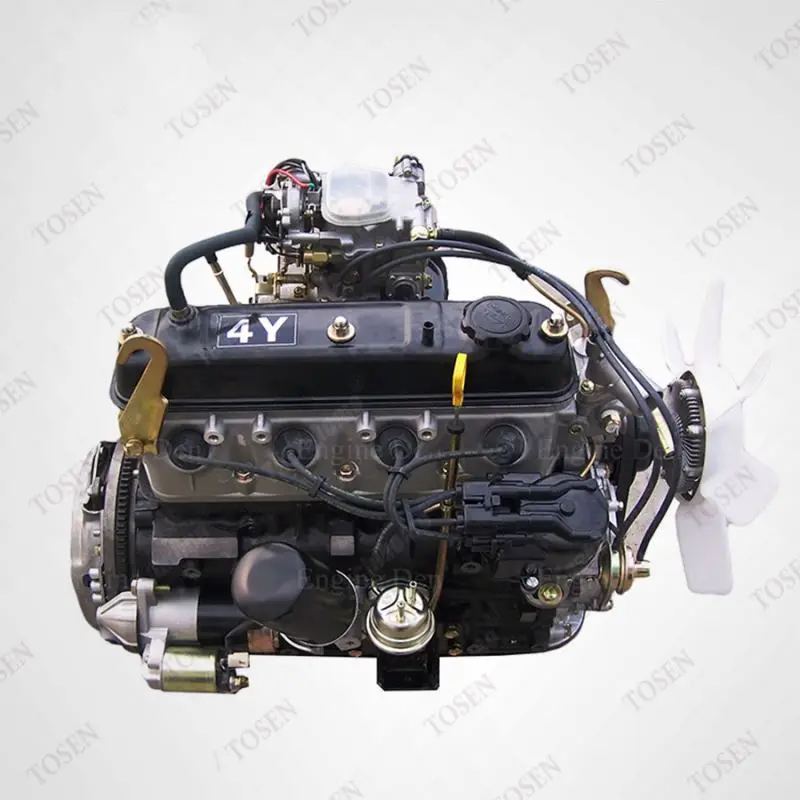Discovering the Different Kinds Of Engine: Which One Fits Your Needs?
Internal combustion engines proceed to dominate due to their reliability, while electrical engines are gaining traction for their sustainability. Crossbreed engines use a functional compromise, and diesel engines stand out for their power in demanding applications.

Internal Combustion Engines
Inner burning engines (ICEs) are the backbone of modern-day transportation, powering a substantial range of vehicles from automobiles to aircrafts. These engines run on the principle of converting fuel into power via a collection of controlled surges within a burning chamber. One of the most typical kinds of ICEs include gasoline engines, diesel engines, and rotary engines, each made to fulfill specific performance and performance demands.
Gas engines commonly utilize spark ignition, while diesel engines depend on compression ignition, leading to distinctive differences in fuel performance and power outcome (4y engine). Rotary engines, or Wankel engines, offer a portable style and smooth procedure, however are much less commonly utilized in mainstream applications
ICEs have gone through significant improvements in modern technology, including the introduction of turbocharging and gas shot systems, which boost total effectiveness and efficiency. Regardless of their effectiveness improvements, ICEs encounter raising analysis due to their environmental impact, particularly pertaining to greenhouse gas exhausts.
Electric Engines
As problems about ecological sustainability and nonrenewable fuel source dependency expand, electrical engines have emerged as an engaging choice to interior combustion engines. These engines use electrical motors powered by batteries or fuel cells, supplying a cleaner and a lot more reliable motive powers.
Among the key advantages of electric engines is their decreased emissions. Unlike typical engines that shed nonrenewable fuel sources, electric engines produce absolutely no tailpipe emissions, dramatically reducing air pollution and adding to improved public health. Furthermore, the effectiveness of electrical motors usually goes beyond that of internal burning engines, transforming a higher percentage of energy from the power source right into useful power for motion.
Electric engines are additionally noteworthy for their silent operation, making them suitable for metropolitan environments. 4y engine. The simplicity of their design leads to less relocating parts, which can lead to lowered upkeep costs and enhanced integrity gradually
Nevertheless, difficulties stay, consisting of battery production effects, charging infrastructure, and variety limitations. In spite of these hurdles, the growing financial investment in electrical car innovation and renewable resource resources points toward an encouraging future for electrical engines, placed to play an important function in the shift toward sustainable transport.
Crossbreed Engines
Blending the advantages of both electric and typical inner combustion engines, hybrid engines stand for a versatile option in the quest for effective and sustainable transportation. These engines combine a fuel or diesel motor with an electric motor, enabling enhanced fuel performance and decreased emissions contrasted to traditional lorries.
Crossbreed engines operate in several modes, utilizing the electric motor for low-speed driving and the interior combustion engine for higher speeds or when even more power is required. This vibrant procedure not only enhances gas economy but also adds to a smoother driving experience. Regenerative stopping is one more critical function, catching energy typically lost during braking and redirecting it to reenergize the battery.

As customers significantly prioritize eco-friendliness, crossbreed engines stick out as a sensible choice, supplying a reliable equilibrium of efficiency, performance, and ecological obligation. This versatility makes them ideal for metropolitan travelling and long-distance traveling alike.
Diesel Motor
Effectiveness and power are characteristics of diesel engines, which have long been preferred for their toughness and gas economy. These engines operate on the concept of compression ignition, where air is pressed to a heat before fuel is infused, igniting it without the demand for spark plugs. This process enables diesel motor to achieve higher thermal performance contrasted to gasoline engines, converting into better gas mileage and reduced carbon dioxide emissions.
Diesel engines are specifically appropriate for durable applications such as vehicles, buses, and commercial machinery, where torque and sturdiness are paramount. Their design normally includes more powerful elements to endure the higher stress created throughout operation, resulting in longer solution life and lowered upkeep costs.

Different Gas Engines
While diesel motor have long controlled the landscape of durable source of power, different gas engines are acquiring grip as viable options for a more sustainable future. These engines make use of a selection of fuels, such as pressed all-natural gas (CNG), hydrogen, gas, and ethanol, intending to lower greenhouse gas discharges and reliance on nonrenewable fuel sources.
One significant advantage of different gas engines is their potential to reduced carbon impacts. CNG engines release fewer pollutants compared to typical diesel engines, making them ideal for city transportation systems and fleets seeking to boost air quality. Ethanol, stemmed from biomass, not only reduces exhausts yet also sustains agricultural economies.
Hydrogen gas cells represent an innovative advancement in this realm, offering zero-emission power through a chemical response between hydrogen and oxygen. Nonetheless, obstacles such as facilities advancement and manufacturing expenses remain obstacles to extensive adoption - 4y engine.
Conclusion
Finally, selecting the suitable engine type necessitates cautious consideration of certain requirements and preferences. Internal combustion engines supply reliability, while electrical engines prioritize sustainability and minimized upkeep. Crossbreed engines integrate the advantages of both, boosting efficiency, whereas diesel motor supply exceptional power and torque for sturdy applications. Alternative fuel engines present environmentally friendly choices, albeit with possible framework challenges. Eventually, a comprehensive evaluation of driving habits and environmental values will help with a notified decision concerning engine selection.
Crossbreed engines supply a flexible concession, and diesel engines stand out for their power in requiring applications. The most Click Here typical kinds of ICEs include gas engines, diesel engines, and rotary engines, each designed to satisfy details performance and effectiveness demands.
Unlike typical engines that burn fossil gas, electrical engines produce absolutely no tailpipe exhausts, considerably decreasing air contamination and adding to enhanced public wellness.Crossbreed engines operate in a number of settings, utilizing the electrical motor for low-speed driving and the inner combustion engine for greater speeds or when more power is required. Crossbreed engines combine the benefits of both, enhancing efficiency, whereas diesel engines provide exceptional power and torque for heavy-duty applications.